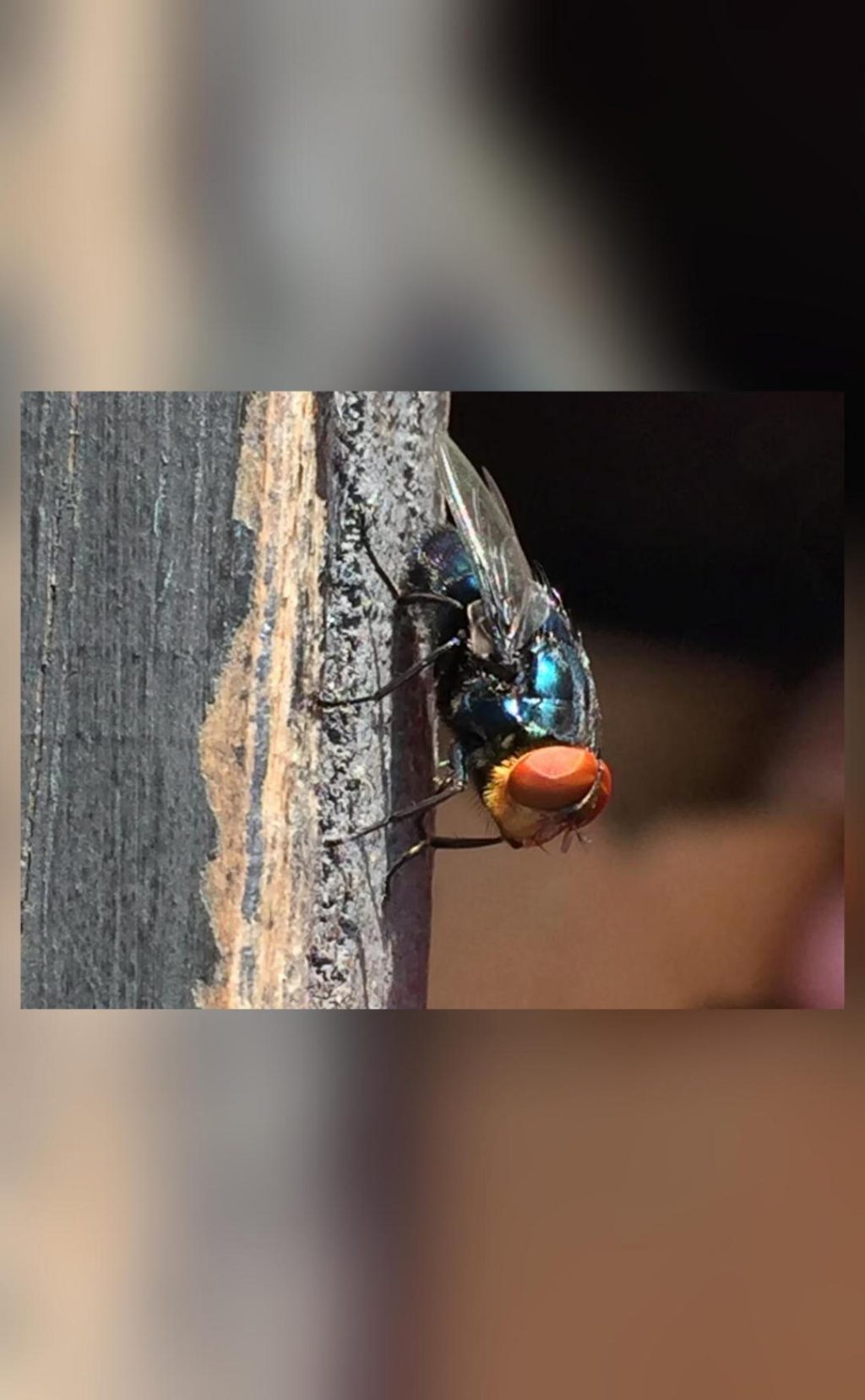
Why is the US planning to breed screwworm flies and dump them from planes over Mexico?
In a move that may seem bizarre, the United States government is gearing up to breed billions of male screwworm flies and release them from planes over Mexico and southern Texas. The objective of this unusual plan is to protect the US beef industry from the flesh-eating larvae of the New World screwworm fly. But how does it work, and what’s behind this unconventional approach?
Before we dive into the details, it’s essential to understand the problem that the US government is trying to solve. The New World screwworm fly (Cochliomyia hominivorax) is a type of fly that lays its eggs in the wounds of warm-blooded animals, including humans and livestock. The larvae that emerge from these eggs feed on the flesh of their hosts, causing significant damage and, in some cases, death.
The screwworm fly has been eradicated from the United States through a concerted effort by the US Department of Agriculture (USDA) and other agencies. However, it still poses a significant threat to the beef industry in Mexico and Central America, where it can be found in large numbers.
That’s where the plan to breed sterile male screwworm flies comes in. The idea is to release these flies over the affected areas, where they will mate with wild female flies, but since they are sterilized, they will not produce viable offspring. This will eventually lead to the decline and extinction of the screwworm fly population.
So, how do you breed and sterilize billions of male flies? According to the USDA, the process involves using a specialized facility to breed the flies in large numbers. The male flies are then sterilized using a technique called radiation sterilization, which involves exposing them to a specific dose of gamma radiation.
Once the flies are sterilized, they are stored in specialized containers and transported to the release sites in Mexico and southern Texas. The flies are then released from planes or helicopters, where they will mate with wild female flies.
The US government has been using this technique, known as “sterile insect technique” (SIT), to control the spread of screwworm flies since the 1950s. However, this is the first time it will be used on a large scale to control the screwworm fly population in Mexico and southern Texas.
The plan is to release approximately 12 billion sterile male flies over the next three years, with the goal of reducing the screwworm fly population by 90% or more. The flies will be released in areas where the screwworm fly is most prevalent, including rural and agricultural areas.
While the idea of breeding and releasing millions of flies may seem daunting, it’s an important step in protecting the beef industry and preventing the spread of diseases that can affect humans and animals. The US government has been working closely with Mexican and Central American authorities to implement this plan, and it’s expected to have a significant impact on the region.
In conclusion, the US government’s plan to breed and release sterile male screwworm flies is an innovative approach to controlling the spread of a devastating pest. While it may raise some eyebrows, it’s an important step in protecting the beef industry and preventing the spread of diseases that can affect humans and animals.






